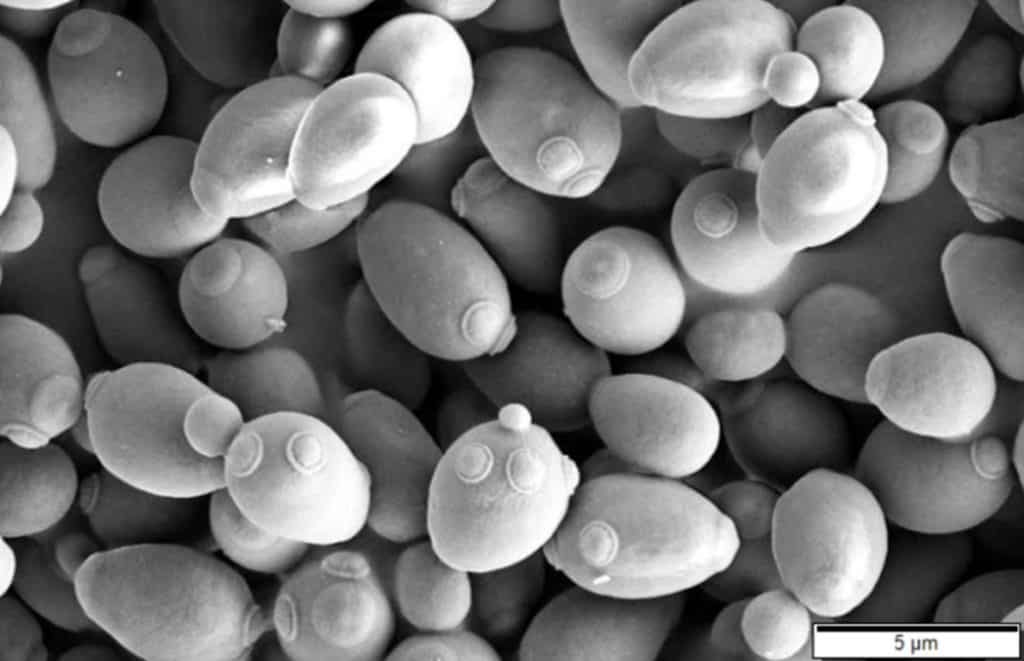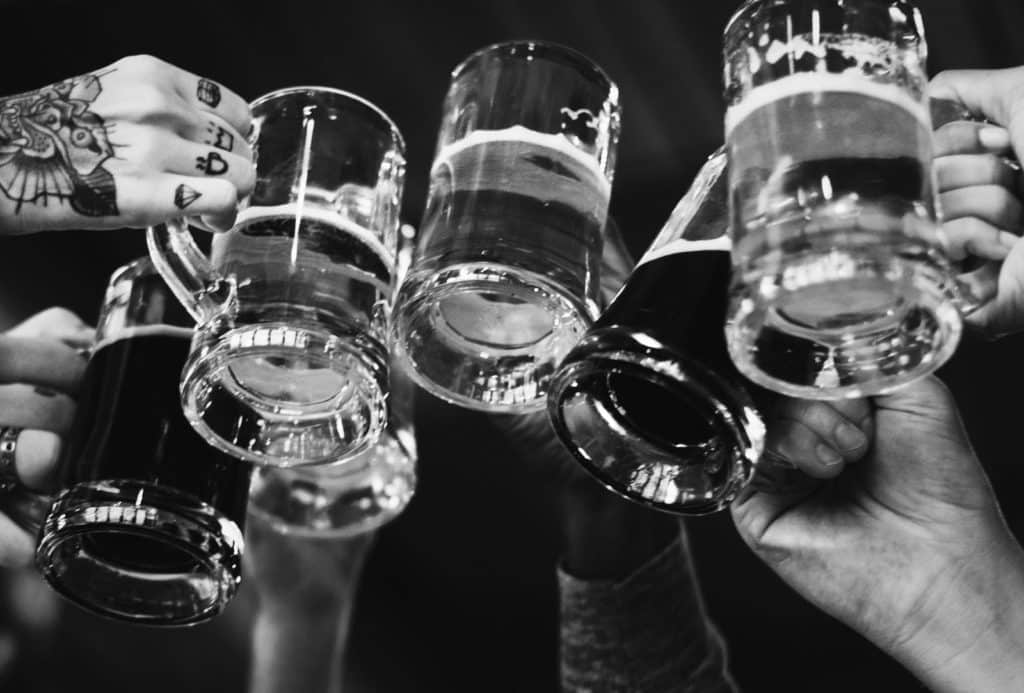How much alcohol is in the last beer you drank? Do you know how to determine the amount of alcohol, and why it’s in your brew? Read on to find out.
Craft brewing is an incredibly diverse industry. Brewers have a touch of artistry at how they craft their beers, with fermentation times, yeasts and temperatures varying to get the precise flavor desired. All of these things have an impact on alcohol content, which is one of the most important aspects of craft brewing.

Alcohol content in beer begins with a specific key ingredient: fermenting yeast. Rachel Bell, Director of Operations for Kiitos Brewing says the process of creating alcohol in beer was discovered thousands of years ago.
“Alcohol only really exists because of fermentation,” she said. Fermenting yeast extracts sugars from grains, creating alcohol. The type of yeast and method of fermentation will result in varying alcohol levels.
“If you leave some sweet liquid outside long enough, wild microorganisms will find it and you’ll see it start to bubble slightly,” Bell said. “Some beers are even made this way via ‘wild fermentation.’”
Juilia Herz, a writer for craftbeer.com, says wild fermentation is a result of spontaneous fermentation, “an age-old practice, first by accident and then by intention, that truly puts Mother Nature at the helm of brewing magic. This type of fermentation takes place when ales are fermented with wild yeasts—from an open window, for instance, or already residing in a barrel—rather than cultivated ones”
Any kind of fermentation using the right yeast will result in alcohol.
“This yeast has been carefully bred and developed into a huge variety of strains over thousands of years, and much larger amounts are added to commercial beers than one would find wild in nature,” Bell said. “Otherwise it would be impossible to get consistent flavor or amount of alcohol.”

Temperature is critical to yeast fermentation. Different yeasts will result in different temperatures needed to achieve ideal alcohol content. Thus the key to controlling alcohol content is dialing in your process cooling and knowing your yeasts. Bell explained that most yeasts “are typically more active in slightly warmer temperatures, but not always. Lager yeasts (which are a different species) prefer very cold temperatures, but they take much longer to finish the fermentation chilling process.”
But not all yeasts need to be cooled down, Bell says.
“Different temperatures can also impact what flavorful by products the yeast will give off. Esters, which are a different type of alcohol, give the beer an additional fruity flavor and are typically activated at higher fermentation temperatures.”
If you want total control over alcohol levels in your beer, you’ll need to master your yeast and the temperature it best ferments at.


